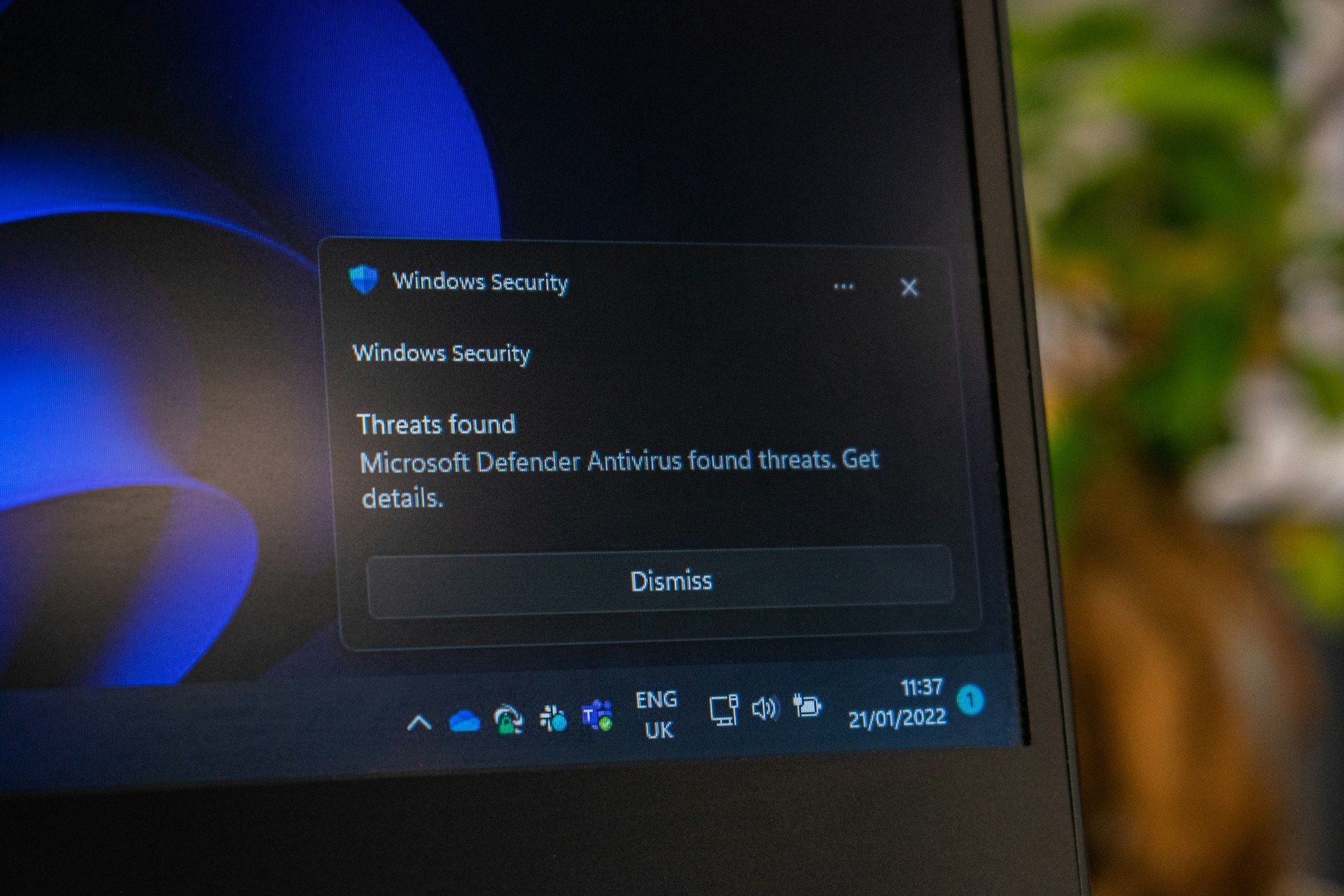What Is Cloning in Cyber Security?
Cloning is a potent tool that allows organisations to swiftly replicate their data and systems for backup purposes. However, when it comes to cybersecurity, its implications go way beyond that.
Although it seems just a simple idea, in the digital world its consequences are wide-ranging. Therefore, it becomes essential to consider certain risks and warnings associated with cloning.
This article will discuss what is cloning or clone phishing, how cloning can compromise data security, and some simple strategies to avoid these problems.
So, let’s begin!
What Is Cloning?
Clone phishing or cloning—similar to thread hijacking, is a cunning cybercrime tactic that involves duplication of digital identities, systems, or data for malicious activities such as identity theft, data breaches, or unauthorised access to personal information.
This deceptive technique is carried out through a spoofed email (spoofing) that has a link to a malicious version of a website or another malware that swaps information with the attackers.
This way, cybercriminals can exploit vulnerabilities by replicating the target entity without raising suspicion.
NOTE: Clone phishing frequently aims at high-profile individuals due to increased interest in their affairs.
Different Types of Cloning in Cybersecurity
There are different types of cloning in cybersecurity but some of the most common ones include:
Website Cloning
It involves copying the characteristics of a website, including the layout and the design, as well as using a similar domain or URL that takes users to a phishing site to deceive them and steal information.
Profile Cloning

Cybercriminals create a clone profile on social media platforms by duplicating the exact details of the real user’s profile. This type of cloning can be used to connect with the real person’s friends and ask for sensitive information or spread malware.
Software Cloning
Cloning or modifying the code of a particular software can be considered a violation of copyright laws.
This stems from the potential for creating similar software, which could be risky for innocent users who may accidentally install it and enter their personally identifiable information.
Email Cloning
Email cloning involves generating an email, that appears virtually identical to the legitimate one sent from the trusted sender. The difference is that cloned mail contains malicious links or attachments or requests granted to access personal and, most probably, financial information.
These were just a few types of clone phishing.
Many other types are also common today including identity cloning, system cloning, device cloning, and network cloning but what matters is how we can keep ourselves safe from such tactics.
Examples of Clone Phishing
These examples will help you better understand clone phishing in daily life, and help you keep yourself informed when the time comes.
Discount Offers
A common example of clone phishing is receiving an email from a trusted and well-known shopping platform such as Amazon or eBay.
This type of scenario usually happens when you have shopped online for something and soon you receive an email announcing Limited-Time Offers or Hot Deals for you.
The email takes you to a clone website that requires you to log into your account or add your credentials.
Once the information is entered, the attackers have access to the user’s payment, which they can use for various malicious purposes.
Fake Virus Alert
A fake virus alert arrives via email from seemingly legitimate sources. It includes the announcement that your device has been compromised and offers a solution: a specific link to download the anti-virus software.
However, instead of providing security, the download delivers malware.
Credit Card Scams

Many companies offer credit cards to their loyal customers. Cybercriminals take advantage of these campaigns and create exactly similar campaigns but add a malicious URL in the email to target a large number of networks.
Clicking on the link and filling in your sensitive data enables them to collect banking credentials and credit card reports.
How Cloning Compromises Data Security
Cloning attacks compromise data security by allowing attackers to gain unauthorised access to sensitive information and exploiting the trust that users have in their existing relationships.
Here are some ways these attacks can compromise security:
Identity Theft and Impersonation
Cyber attackers frequently impersonate people or organisations by creating duplicate profiles or sending emails that appear to be from a trusted source.
Through these deceptive movements, they aim to convince individuals to add their sensitive information (like passwords, credit card details, or personal identification numbers).
This information can further facilitate data breaches and privacy interference.
Malware Distribution

Cloned social media profiles or emails can be used to spread malware, posing a significant threat to unsuspected users. An attacker might send an email that appears to come from a familiar contact, containing a link that contains malicious software.
Once clicked, the malware infects the user’s device, leading to data theft, ransomware attacks, or unauthorised entry into the network.
Financial Fraud
Cloning opens doors to forms of illicit activities like credit card fraud, identity theft, or data breaches.
Through replicated profiles, attackers skillfully win the trust and manipulate victims into authorising financial transactions. It could be transferring money, changing payment details, or making unauthorised purchases.
These actions can result in a lot of financial losses for organisations (.pdf) as well as for individuals.
Network Infiltration

After the malware is installed or credentials are acquired through cloning attacks, attackers skillfully bypass security protocols and gain entry into systems and networks to which the victim has access.
This can lead to further data breaches and other malicious activities.
Reputation Damage
Cloning attacks cause reputational damage to both individuals and organisations subjected to impersonation.
Deceptive posts or malicious activities occurring from cloned profiles can corrode trust not only among clients and partners but also among the general public.
How to Prevent Cloning Attacks?
To prevent cloning attacks, you have to opt for some strategies that will strengthen your security measures, helping you protect your assets throughout the organisation.
Here are the top precautions:
Implement Strong Authentication Methods
Organisations must take proactive steps to strengthen their authentication measures.
This involves the implementation of multi-factor authentication (MFA) and a biometric verification system for every email account. Moreover, it is also essential to ensure that all email accounts are protected by strong, unique passwords, which are subject to periodic renewal.
Doing so can effectively mitigate the repercussions of a successful phishing clone, even if the attacker has somehow obtained the password.
Utilise Encryption for Data Protection
To prevent unauthorised access and uphold confidentiality, you can utilise encryption for sensitive data, whether it’s in transit (during transfer) or at rest. Encryption algorithms transform data into unreadable formats, which ensures that even if it is captured, the information remains meaningless to unauthorised attackers.
Security Awareness Training

Even after implementing secure controls to protect your data, all it takes is a single employee to click a link to compromise your whole security posture.
Therefore, investing in educating your employees about the threat of clone phishing, the importance of verifying the identity of the sender, and the fact that repeated messages could be malicious helps to reduce vulnerabilities.
Before clicking on the link in any email, you should verify its authenticity. If the destination URL looks directed to a non-existent domain, the email is probably malicious.
NOTE: Security awareness training is essential for the success of your cybersecurity program. It will help you maintain an optimised security posture, even from the advanced cloning attacks.
Implement Email Filters
Organisations can use email security software or email filters that can stop phishing messages from reaching the targeted recipient. The filters block the malicious emails by quarantining the messages and an administrator can review them to determine if it's phishing or false positives.
The software can also monitor email traffic and detect patterns that are typical of cloning attacks. Users can also take part in good email cybersecurity. However, they must be trained to identify phishing emails and verify the legitimacy of email messages.
By merging these different methods, organisations can prevent cloning attacks and minimise the risk of financial and reputational damage.
That’s all for today!
Remarks
While cloning serves as a valuable tool for data replication and system backup, it also opens the door to malicious activities such as clone phishing. This form of cyberattack involves duplicating digital identities that can lead to identity theft, data breaches, and financial fraud.
To mitigate the risk associated with cloning attacks, organisations must prioritise security measures. It includes security awareness training for the employees, strong authentication methods, and implementing email filters.
By implementing these strategies, you can enhance your cybersecurity and protect your valuable assets from advanced cloning attacks.
Regards.









